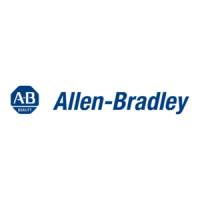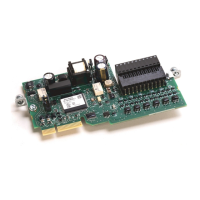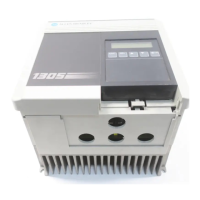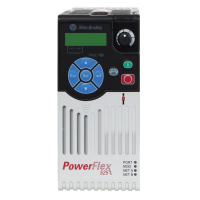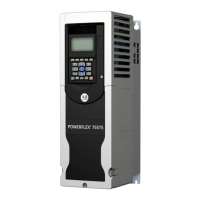SLC 500™ Fixed Hardware Style Controllers 11
Publication 1747-IN008B-MU-P
Wiring Your Controller
See page 104 to locate the wiring diagram for your controller.
Use acceptable wire gauge
Use acceptable wire gaugeUse acceptable wire gauge
Use acceptable wire gauge - The I/O wiring terminals are designed to accept #14
or smaller AWG stranded wires, and two wires per terminal (maximum). Maximum
torque 0.9 N-m (8 in-lb.).
Label wires
Label wiresLabel wires
Label wires - Label wiring to I/O devices, power sources, and ground. Use tape,
shrink-tubing, or other dependable means for labeling purposes. In addition to
labeling, use colored insulation to identify wiring based on signal characteristics. For
example, you may use blue for dc I/O wiring and red for ac I/O wiring.
Bundle wires
Bundle wiresBundle wires
Bundle wires - Bundle wiring for each similar I/O device together. If you use ducts,
allow at least 5 cm (2 in.) between the ducts and the controller so there is sufficient
room to wire the devices.
Identify terminals
dentify terminals dentify terminals
dentify terminals - Terminal cover plates have a write-on area for each terminal.
Use this area to identify your I/O devices. Label the Removable Terminal Block
(RTB) with appropriate slot, rack (chassis) and module identification if you have not
already.
Power
PowerPower
Power - The fixed controllers are equipped with an auto-ranging power supply. This
means that you can connect either 120V ac or 240V ac to the controller, and the
controller power supply will automatically configure itself to operate with the
applied voltage.
!
ATTENTION
Before you install and wire I/O devices, disconnect power from
the controller and any other source to the I/O devices.
!
ATTENTION Calculate the maximum possible current in each power and
common wire. Observe all local electrical codes dictating the
maximum current allowable for each wire size. Current above the
maximum ratings may cause wiring to overheat, which can cause
damage.
AB Drives

